|
Lee,
Howl & Company Limited |
| It began in the latter part of
the 1870s when Jonathan Edwards Howl, owner of Tibbington Brick Works at Princess End planned to start
an engineering business at Tipton. He lived with his
wife and ten children at The Quarries, Upper Gornal. His
plans came to an untimely end because of his premature
death in 1878. |
|
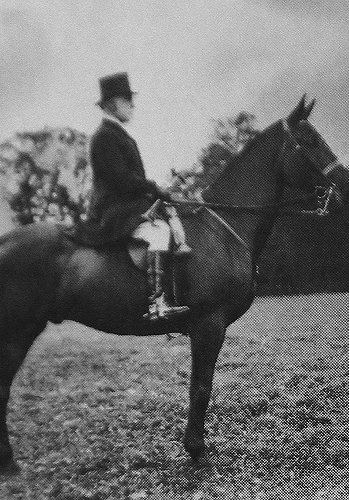
Edmund Howl. |
|
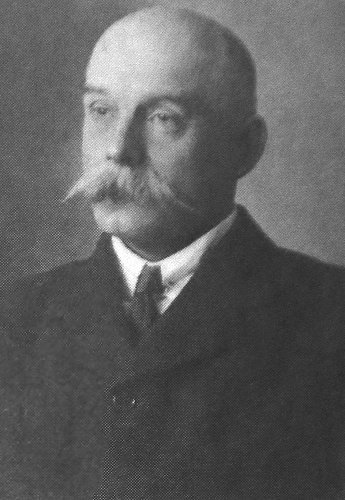
Oliver Howl. |
|
His eldest son, Edmund Howl, a 28
years old mechanical and mining engineer, who was also
involved at the brickworks, continued to make his
father’s plans a reality and formed a partnership with
family friend, William Lee, who was an experienced
businessman. The other partners were Thomas Henry Ward,
a design and construction engineer and William Lee’s
grandfather; and Oliver Howl, Edmund’s youngest brother,
who 21 years old and a civil engineer.
The firm became Lee, Howl, Ward,
and Howl, which was founded in 1880, with William Lee as
Company Chairman. They operated as general hydraulic
engineers, but soon designed and began to manufacture
water pumps which were urgently needed to help with the
severe drainage problems in local coal mines. On the 30th
June, 1887, Thomas Henry Ward retired and the business
became Lee, Howl and Company. William Lee remained as
Company Chairman, and Edmund and Oliver Howl were
Directors.
|
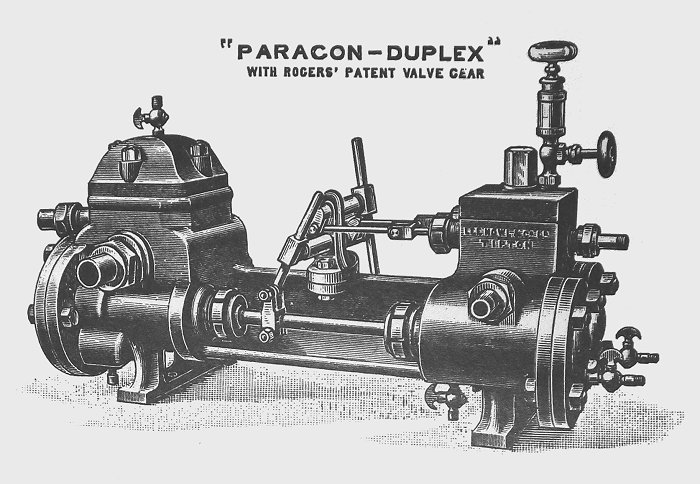
|
By 1890 the product range included
a large range of pumps. There were duplex steam pumps,
vertical and horizontal pumps for draining mines, and
for use in gas works, water works, and for drawing water
from deep wells. The firm also produced couplings and
drawbars for railways and tramways, patented an
economical, fuel efficient draught furnace, and built
the first portable electricity generator for a company
in Birmingham. Edmund Howl was also Manager of the South
Staffordshire Mines Drainage Commission and Manager of
the Mond Gas Works at Dudley Port. |
|
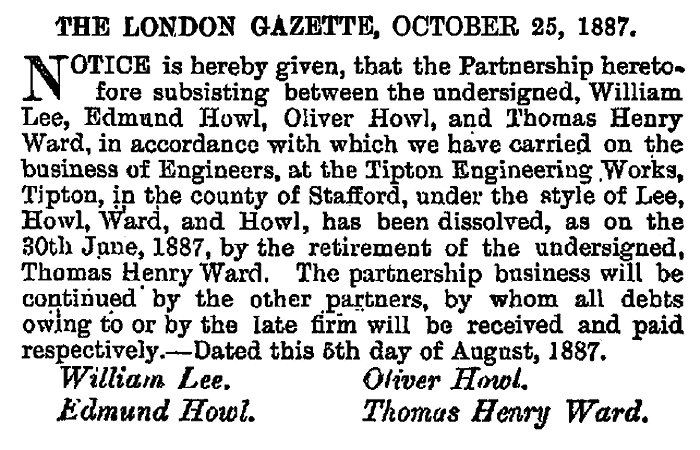
The notice of the
disbanding of Lee, Howl, Ward, and Howl. |
|

The location of the
factory.
|
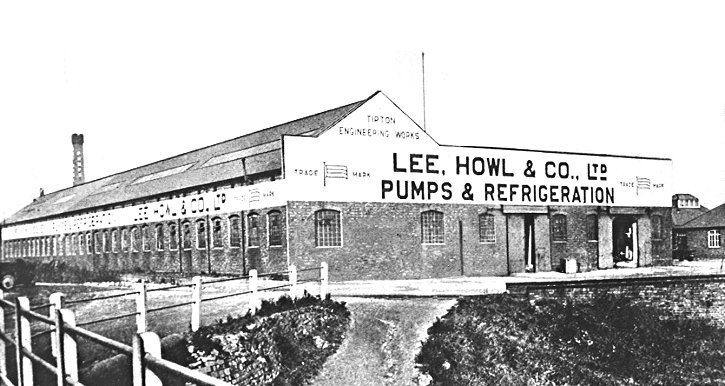
The factory in Alexandra Road.
|

From 1889. |
The firm’s export
market continued to grow. Furnaces and
boilers were exported to Madras, steam pumps
were sent to coal mines in Hyderabad and to
Argentina, Belgium, Canada, Holland, Malaya,
Portugal, South Africa, and Spain. Vices and
hoists were sent to China, and a large
number of pony-operated deep well pumps went
to Chile.
A new foundry was built
in 1899 and Clifford Howl joined the firm in
1906. William Lee died 1908 and was replaced
as Managing Director by Oliver Howl.
During the First World
War the company produced armaments including
large shells and mine sinkers, as well as
continuing to manufacture a range of pumps.
The factory was extended and work started on
a new canteen. Just before the outbreak of
war, William Lee died and his nephew joined
the firm to look after the family’s
interests. During the war Clifford Howl
joined the armed forces and became a Major.
On his return in January 1919, he became
head of the hand pump department. |
|
In 1923 Ralph Howl, a
chartered accountant, joined the firm as
Assistant Company Secretary. He became a
Director in 1925, at a time when an extended
range of pumps was introduced, including
centrifugal pumps. Sales were high and
turnover and profits greatly increased.
In 1929 a new office
block was built, but the world-wide
depression led to a fall in sales and a
shortage of work. In order to boost sales
the company extended the project range in
1931 and purchased the drawings and
manufacturing rights for an American
vertical spindle borehole pump. The first
ones produced were sold to Russia in 1932.
Edmond Howl died in
December 1934 and was replaced as Chairman
by E. W. Bache, a Director of George Salter
& Company of West Bromwich. Clifford Howl
became Managing Director and Ralph Howl,
Commercial Director. In 1938 a new hand pump
shop was built along with a test bay for
carrying out tests on working pumps.
During World War Two,
semi-rotary stirrup pumps were produced for
dealing with incendiary bombs, and a night
shift was introduced in order to meet the
production targets. By 1942 around 1,000
stirrup pumps were produced per week. The
firm also manufactured hundreds of
reciprocating borehole pumps for the Eighth
Army in the desert. In 1943 E. W. Bache died
and Clifford Howl became Company Chairman. |
|

Ralph Howl. |
|
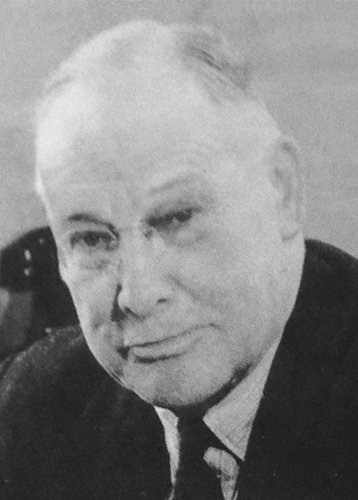
Clifford Howl. |
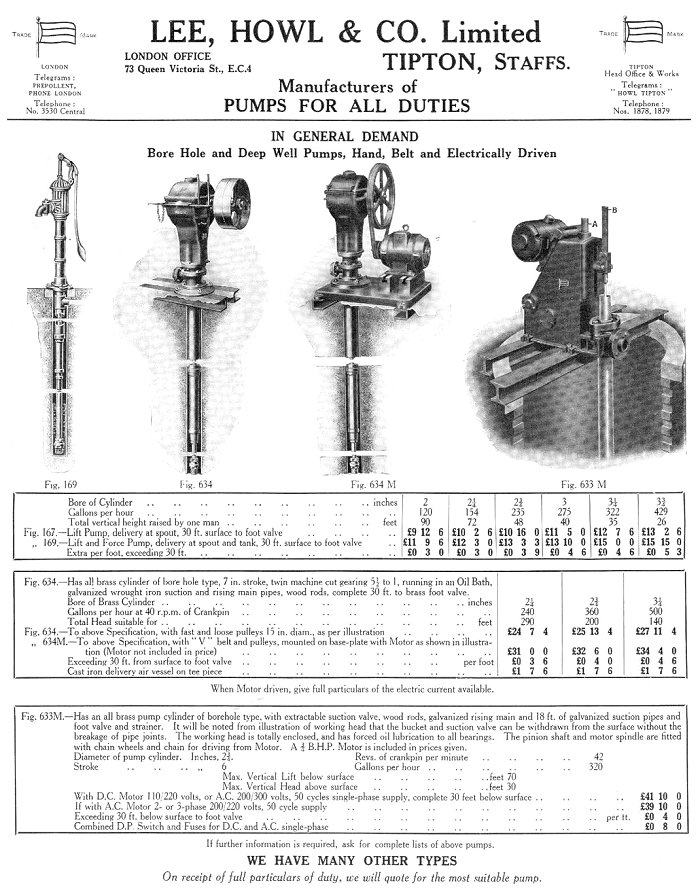
An advert from 1938.
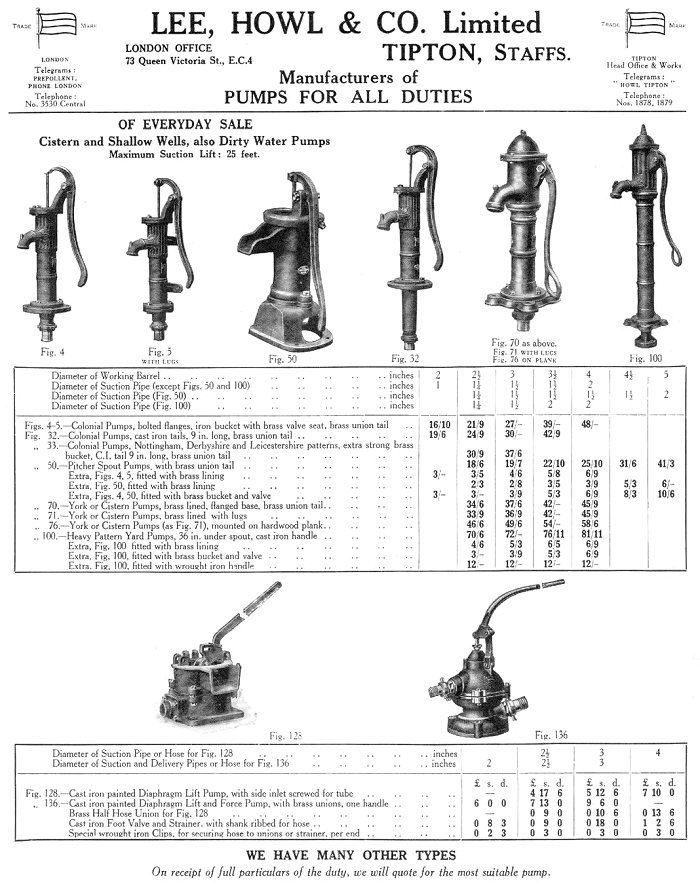
An advert from 1938.

Twin cylinder ammonia
compressor.
| In 1946 Ralph Howl became Company
Secretary and profits soared as demand
for the company’s products grew. The
firm became a public company in 1949.
Oliver Brian Howl, Clifford Howl’s son,
joined the firm in 1947 and became a
Director in 1956. He later became
Assistant Managing Director, then
Chairman in 1970 and Executive Chairman
in July 1980. |
|
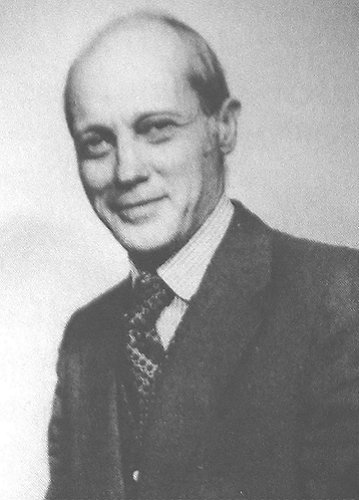
Brian Howl.
| By 1961 there were around
390 employees, at a time when production was
high, with a large number of exports, especially
in 1978. In May
1970 the company became a member of the
Amalgamated Power Engineering Group, a British
engineering holding company, created through the
1968 merger of W. H. Allen, Sons and Company, and Belliss and Morcom. |
|

An advert from 1947. |
|
In 1980 the firm was awarded the
Queen’s Award for Export Achievement. In 1981, Northern
Engineering Industries plc, a British
engineering firm based in Gosforth in Newcastle
upon Tyne, acquired the Amalgamated Power
Engineering Group. |
|

An advert from 1947. |

An advert from 1973. |
|

An advert from 1980. |

An advert from 1970. |
|
In 2006 Amalgamated Power
Engineering Group went into liquidation A notice in the
Gazette on the 19th May, 2006 states that the following
companies were placed into voluntary liquidation:
A.P.E. Crossley
Limited
A.P.E. Lee, Howl Limited
Blackburn Engines Limited
BSTS Limited
I.V. Pressure Controllers Limited
International Research and Development Limited
Metropole Industries Limited
Spare IPG 13 Limited
Spare IPG 19 Limited |
 |
Return to
the
previous page |
|